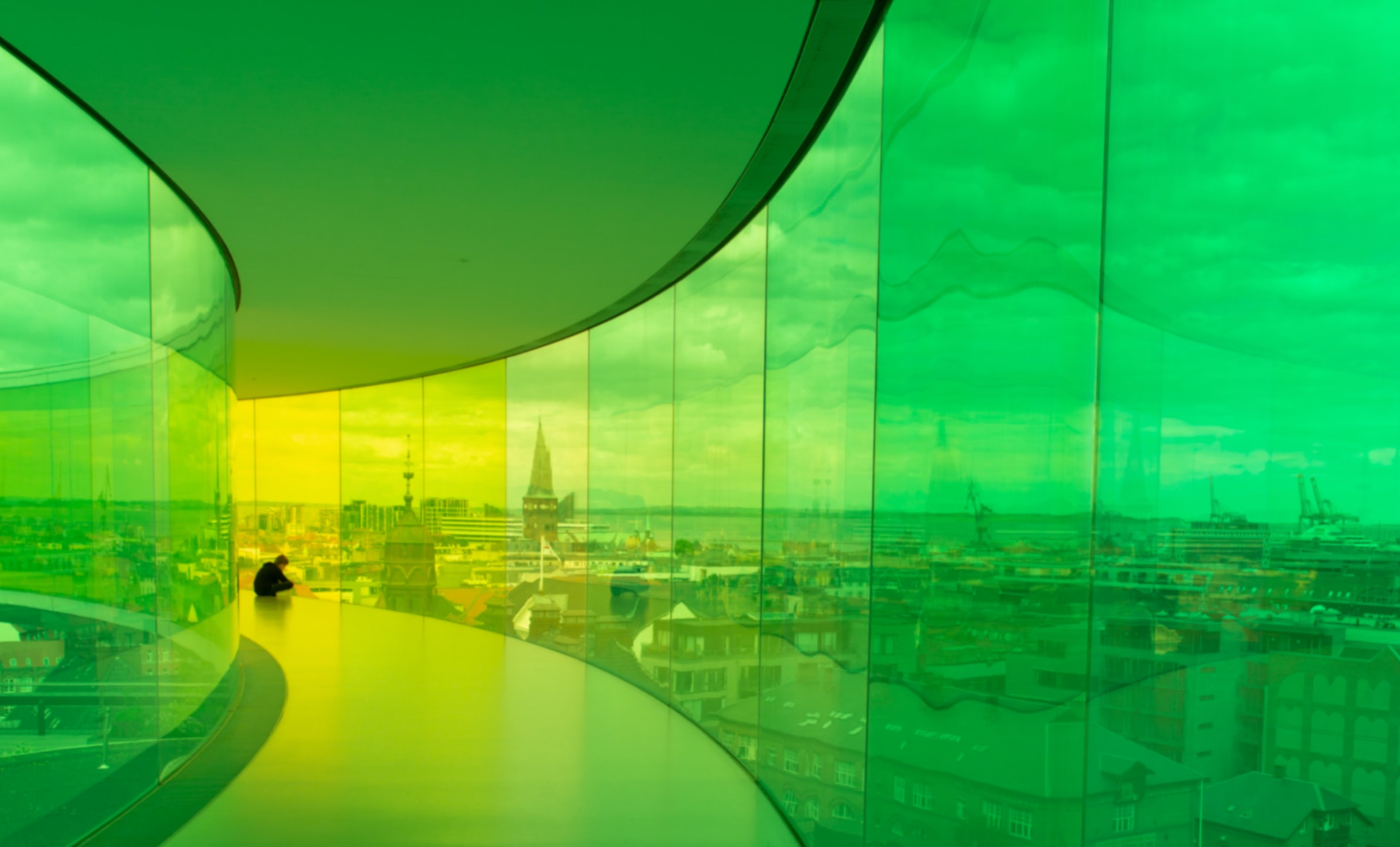This blog is part one of a three-part series [Part Two]({% post_url /vvenkat/2016-04-13-harnessing-the-pole-position %}), [Part Three]({% post_url /vvenkat/2016-04-20-Lighting-As-A-Service %}) focused on how the revolution of LED lighting technology is forcing an evolution in the way we view light.
“Things change. You know that. And I never imagined this day would come—but I’ve found another*.” No, this is not your usual Facebook breakup. It may be amusing as it comes from the granddaddy of lighting, General Electric (GE)—and on Facebook, no less—but the industry hardly raised an eyebrow. It is with this post that GE announced that it is calling it quits on its Compact Fluorescent Lamp (CFL) business to concentrate on LED lighting.
Simple accounting has tilted to LEDs favour, which prompts us to replace old incandescent or fluorescent lamps as a knee–jerk response. However, in order to maximize energy savings offered by solid-state lighting, most installations will need additional sensors—such as occupancy, daylight and dimming controls.
Smart sensors will then need monitoring and analytics thrown in for good measure to exploit the full efficiency potential.
Even with all of these incremental costs, the Total Cost of Ownership (TCO) is overwhelmingly in favour of LEDs. It is the initial investment that is still constraining. For end users, the capital cost is most often the only consideration, especially given current economic uncertainties.
The government steps in, offering incentives to ease the user into energy saving technologies, but they can only provide an initial impetus at best. It is irrational to incorporate government incentives as a part of sustainable business strategy.
This is the conundrum that is currently intimidating lighting manufacturers. One way out is to work with financial institutions and offer leasing options to their customers. But having burnt their fingers with solar photovoltaic cells, the ever conservative Canadian banks are unlikely to lend a helping hand (although if they are technically savvy they should, given the level of maturity of LED technology and the promise of smart lighting).
While higher initial cost is a market barrier to sell LED products, newer options are emerging to offer lighting as a service. Given the complexity of technology and the longevity of the products, it indeed makes a good business sense.
But lighting as a service? What a change that would be, and think of the disruption of the industry.
Originally publsihed as a blog for Impact Centre, University of Toronto
Photo by mahdis mousavi on Unsplash
